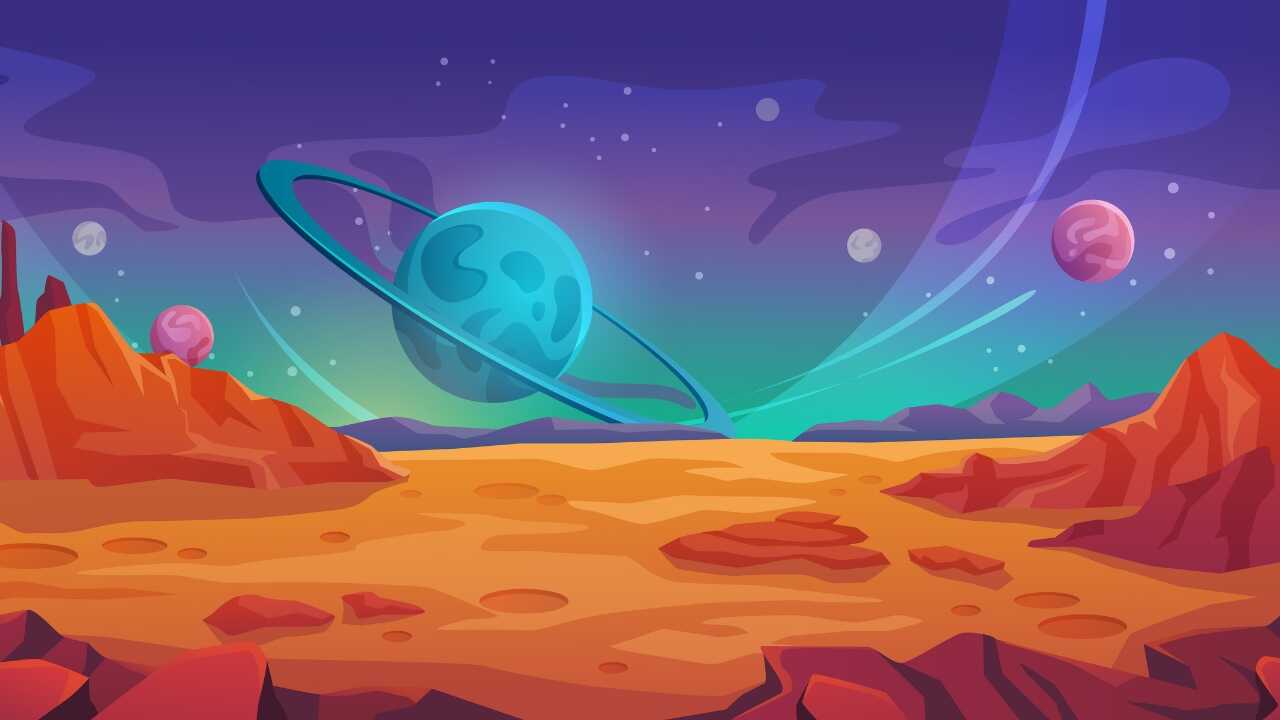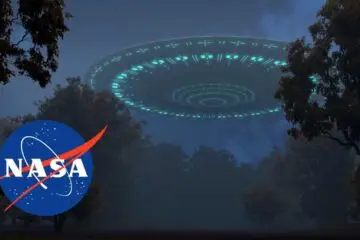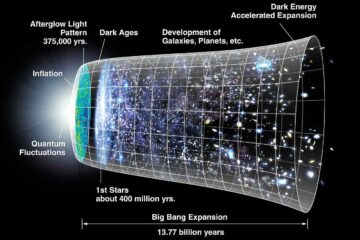Mars, often referred to as the “Red Planet,” has captivated human imagination for centuries. While it may not be as well-known for its moon system as Earth is, Mars does indeed have its own set of natural satellites.
In this article, we will delve into the intriguing question: How many moons does Mars have? Let’s embark on a celestial journey to explore the Martian moon system and uncover the fascinating details about its moons.
The Martian Moon System Unveiled
Mars is known to have two natural moons, named Phobos and Deimos. These moons are significantly smaller than Earth’s moon and have distinct characteristics that set them apart. The Martian moons are irregularly shaped and exhibit a peculiar appearance that has puzzled scientists for years.
Phobos: The Closer Companion
Phobos, the larger of the two Martian moons, orbits the planet at an incredibly close distance. Its name, derived from the Greek word for “fear,” is fitting, as Phobos orbits Mars at just 9,378 kilometers above its surface.
This proximity means that Phobos completes an orbit around Mars in a remarkably short span of about 7 hours and 39 minutes. Its rapid orbit has led to numerous theories about its eventual fate, which could involve collision with Mars or disintegration due to tidal forces.
Deimos: The Distant Observer
In contrast to Phobos, Deimos is the smaller and more distant of Mars’ moons. Named after the Greek word for “dread,” Deimos orbits Mars at an average distance of approximately 23,460 kilometers.
This comparatively distant orbit results in a longer orbital period of about 30.3 hours. Deimos’ reddish coloration is believed to be due to its composition, which includes carbon-rich materials.
Origins and Mysteries
The origins of Phobos and Deimos remain subjects of scientific debate. One prominent hypothesis suggests that these moons may be captured asteroids from the asteroid belt between Mars and Jupiter.
Another theory proposes that they could be remnants of a larger moon that was shattered by an impact early in the planet’s history. Continued research and exploration missions to Mars aim to shed light on the true origins of these enigmatic moons.
Conclusion
In conclusion, Mars may not have as many moons as some other planets, but its two moons, Phobos and Deimos, hold a wealth of intrigue and scientific curiosity. Their unique characteristics, orbits, and origins continue to capture the attention of astronomers and space enthusiasts alike.
As we uncover more about these Martian moons through ongoing research and space missions, we inch closer to understanding the mysteries that lie beyond our planet and expand our knowledge of the cosmos. Here’s Learn more How long does it take to get to mars?




